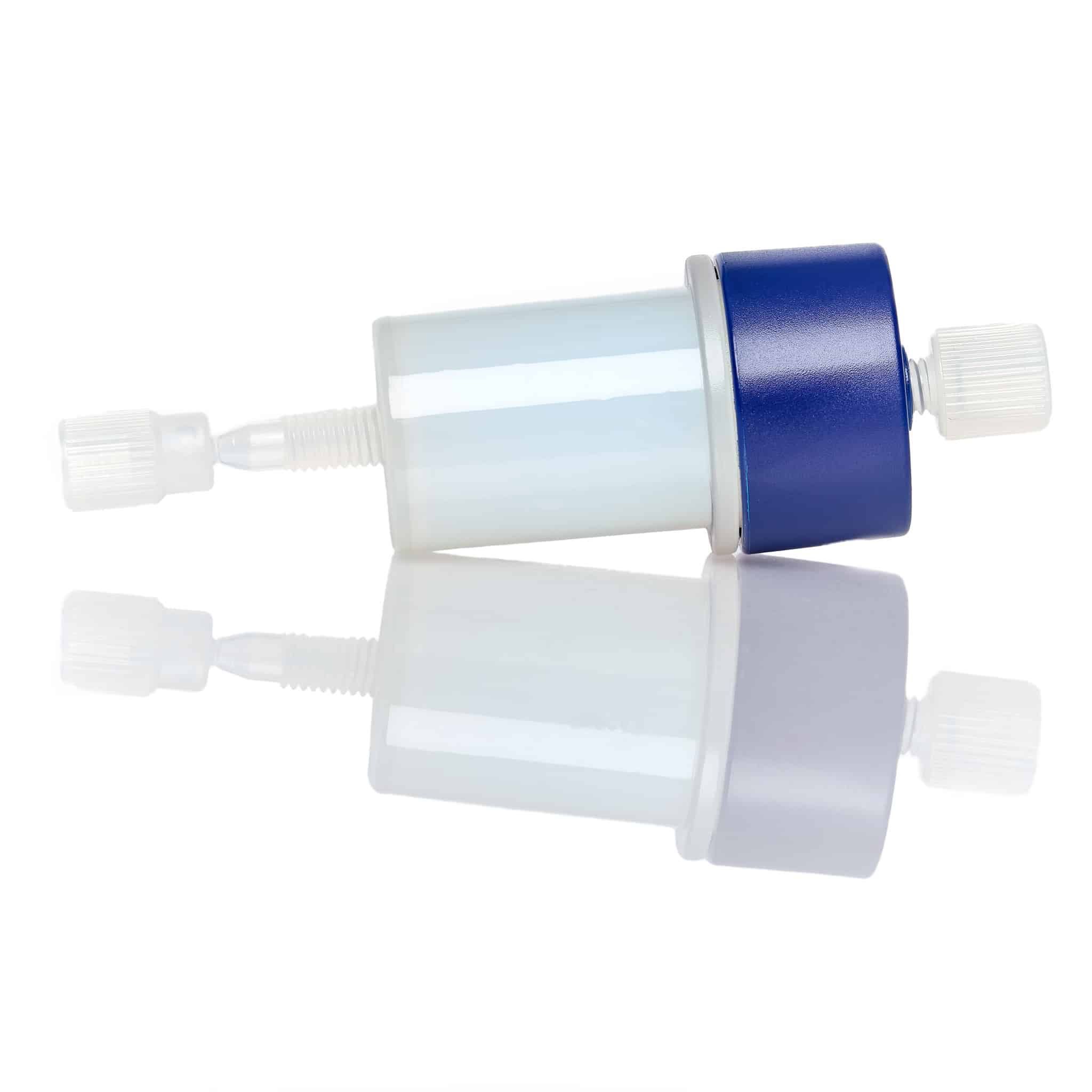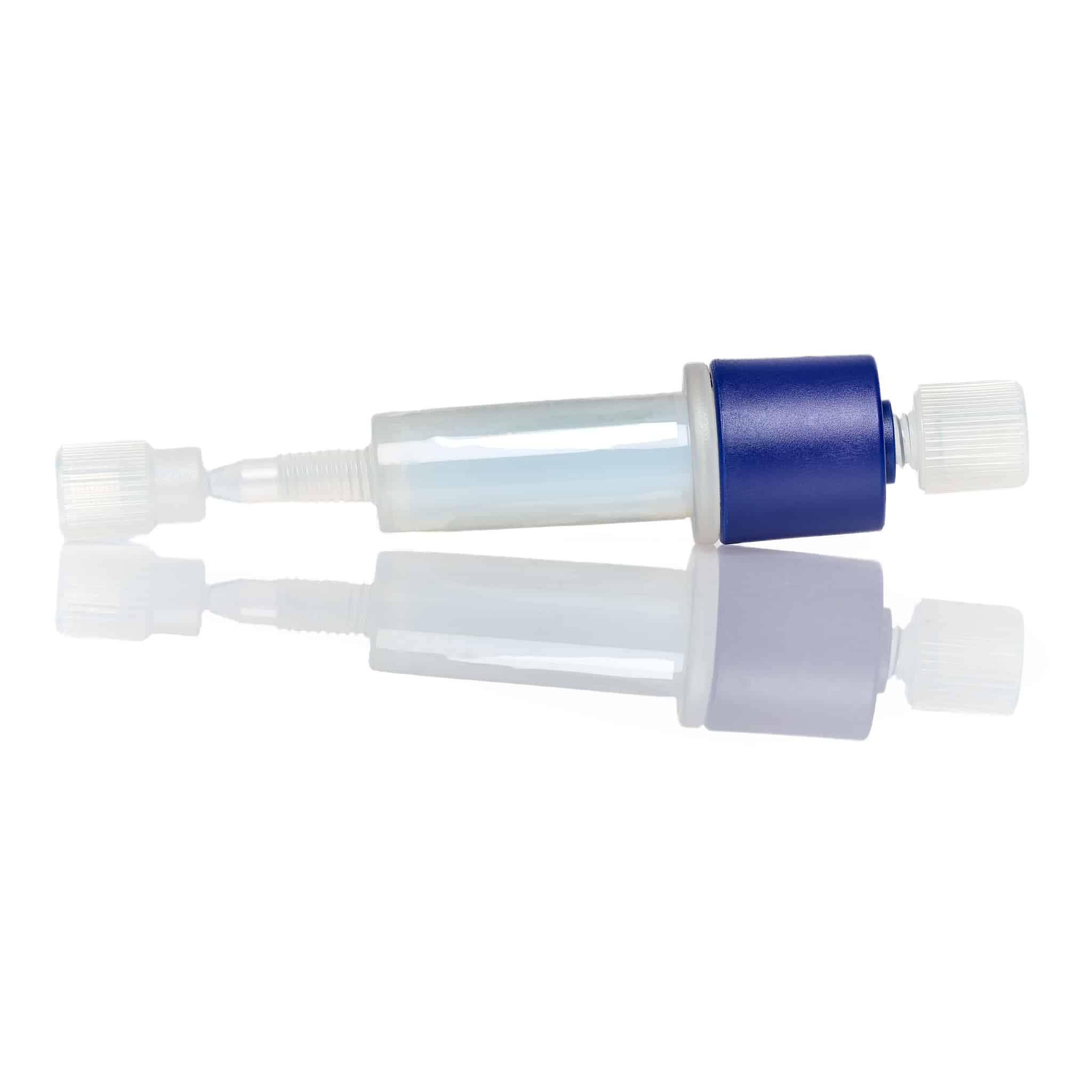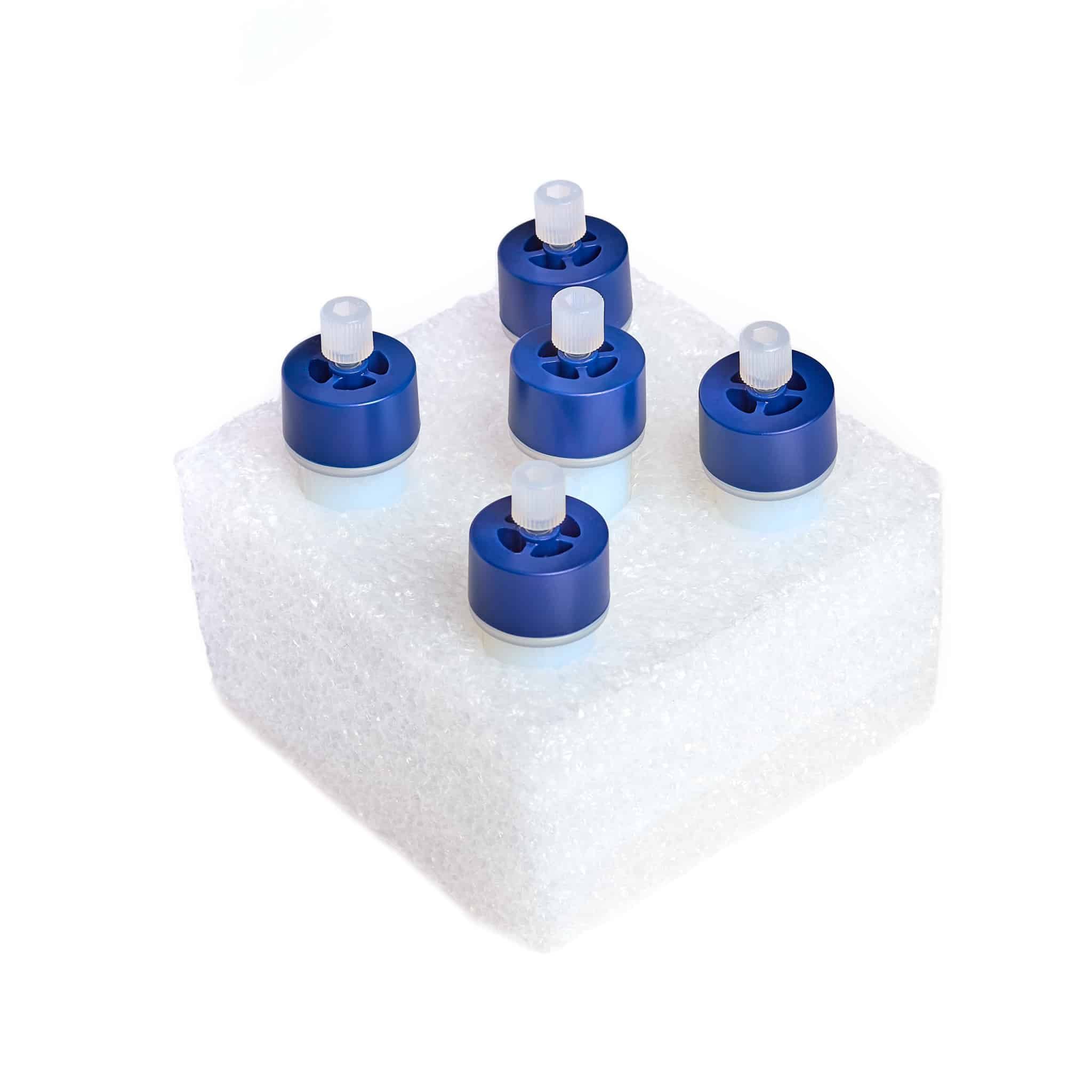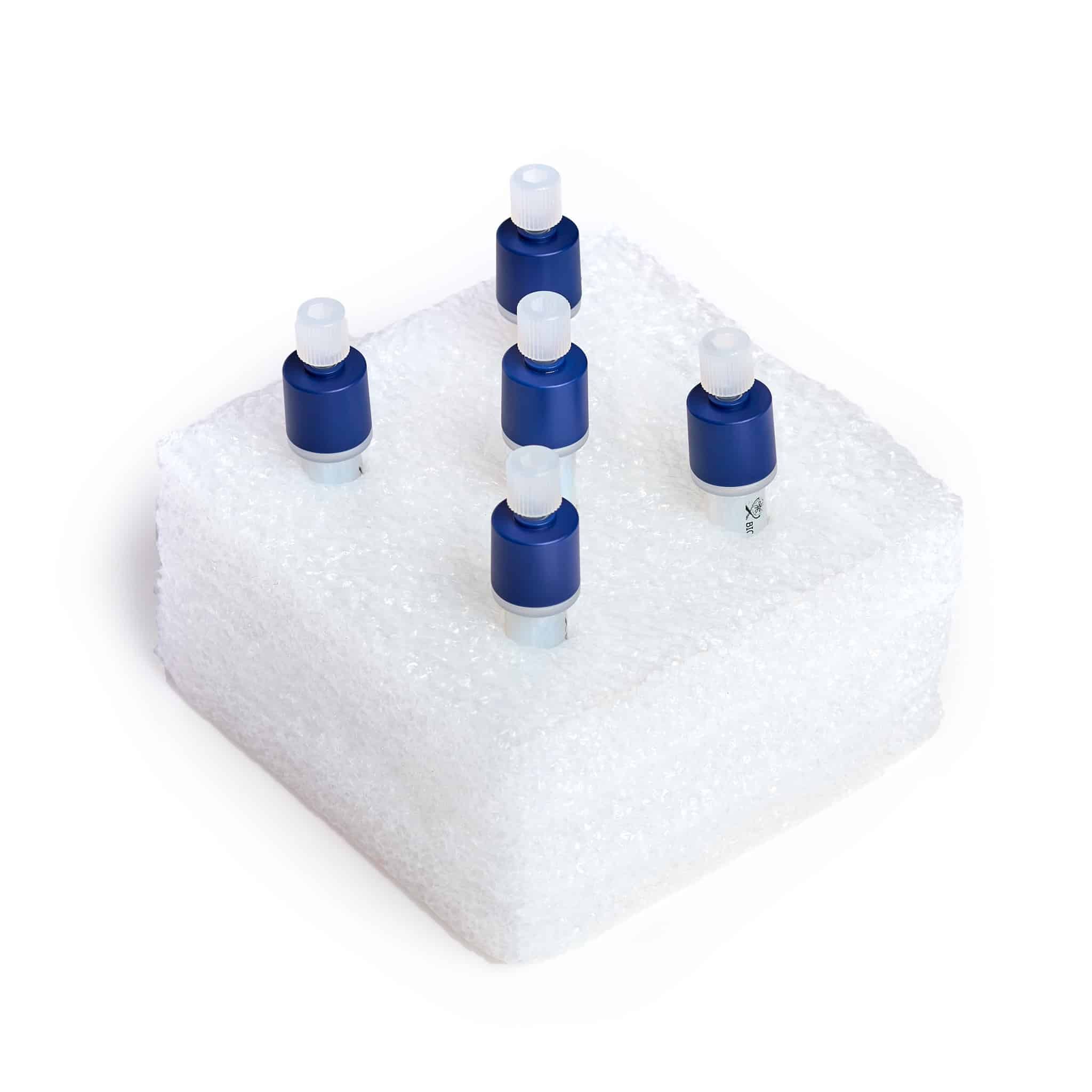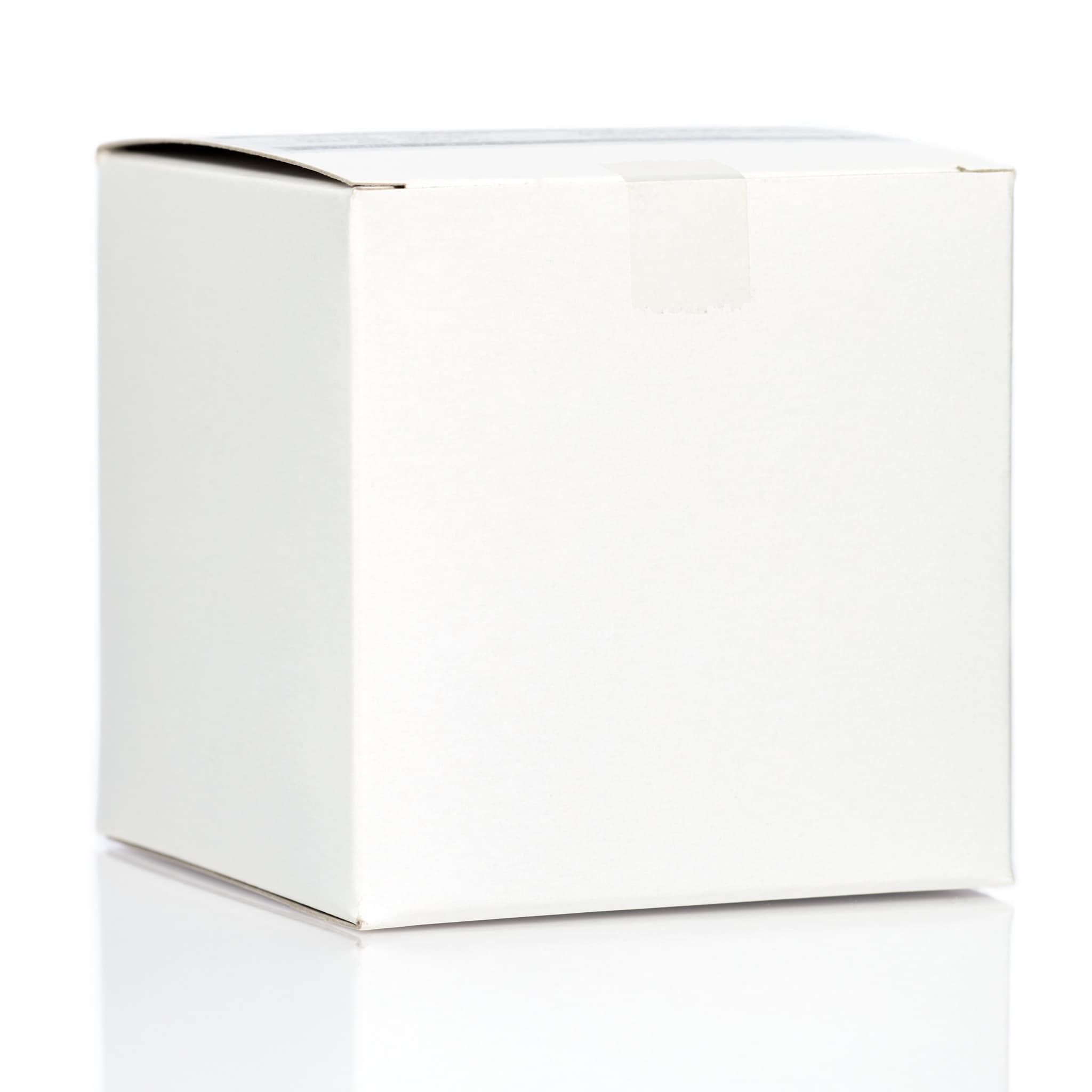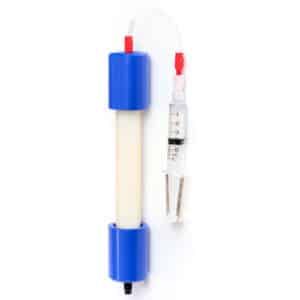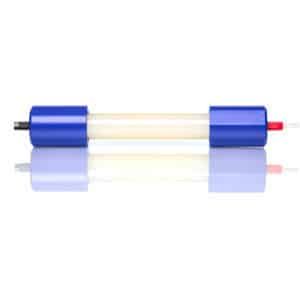Call for price
The HiSep IDA SepFast column has a particle size of 50 – 150 µm and is specifically designed and fabricated for purification of proteins at cost-effective way. The base matrix is made of heavily cross-linked agarose. Its high mechanical strength permits liquid passing through columns at decent flow rates.
Description
The HiSep IDA SepFast column has a particle size of 50 – 150 µm and is specifically designed and fabricated for purification of proteins at cost-effective way. The base matrix is made of heavily cross-linked agarose. Its high mechanical strength permits liquid passing through columns at decent flow rates.
For higher protein binding capacity, purity or less metal leakage, alternative products are IMAC SepFast and IMAC SepFast HighRes series (i.e. NTA-type chelating ligand).
Immobilised metal affinity chromatography (IMAC) has been widely employed as a powerful separation approach in the purification of a broad range of proteins and peptides. It is based on the specific interactions between certain transitional metal ions, mostly Cu2+, Ni2+, Zn2+ and Co2+ to the exposed amino acid surface chains containing histidine (or cysteine and tryptophane). The presence of several adjacent histidines such as (His)6-tag increases the affinity to immobilised metal ions. Increasingly, chelating resins after charged with suitable metal ions are employed for the purification of histidine-tagged recombinant proteins expressed in bacteria, yeast and mammalian cells. There are other applications of chelating resins to purification of certain native non-tagged proteins as well, such as interferons, lectins, antibodies, serum and plasma proteins, peptides and peptide hormones.
Metal ions can be chelated to the carefully designed porous polysaccharide polymer supports via covalently attached iminoacetic acid (IDA) groups.
Additional information
| Weight | N/A |
|---|---|
| Dimensions | N/A |
| Volume | 5 x 1 ml, 5 x 5 ml |
| Class | |
| Particle size | |
| Matrix | Highly cross-linked 6% agarose |
| Total ionic capacity | 30 – 50 mmol/ml |
| Chemical stability | Stable in all the commonly used aqueous buffers; 0.01M HCl, 0.1M NaOH tested for one week |
| pH stability | 2 – 14 (short term), 3 – 12 (long term) |
| Storage | 20% ethanol |
